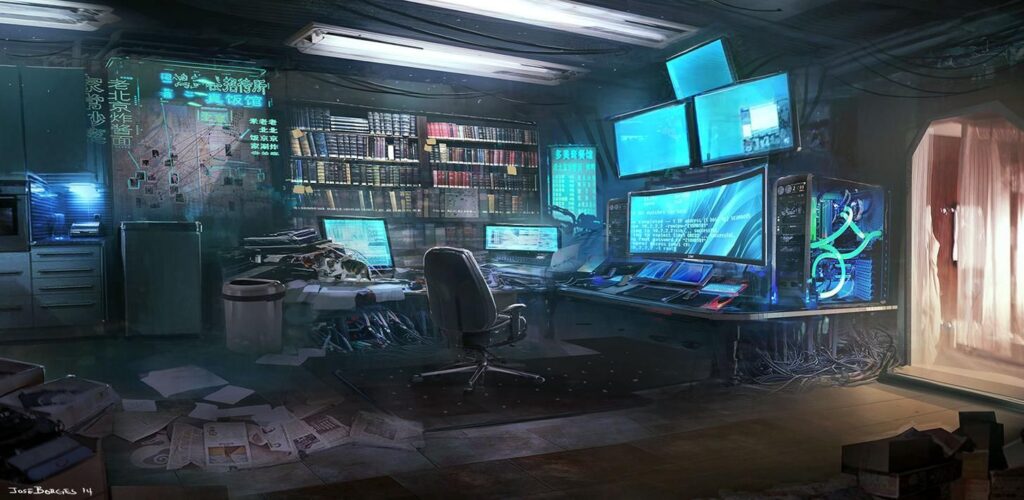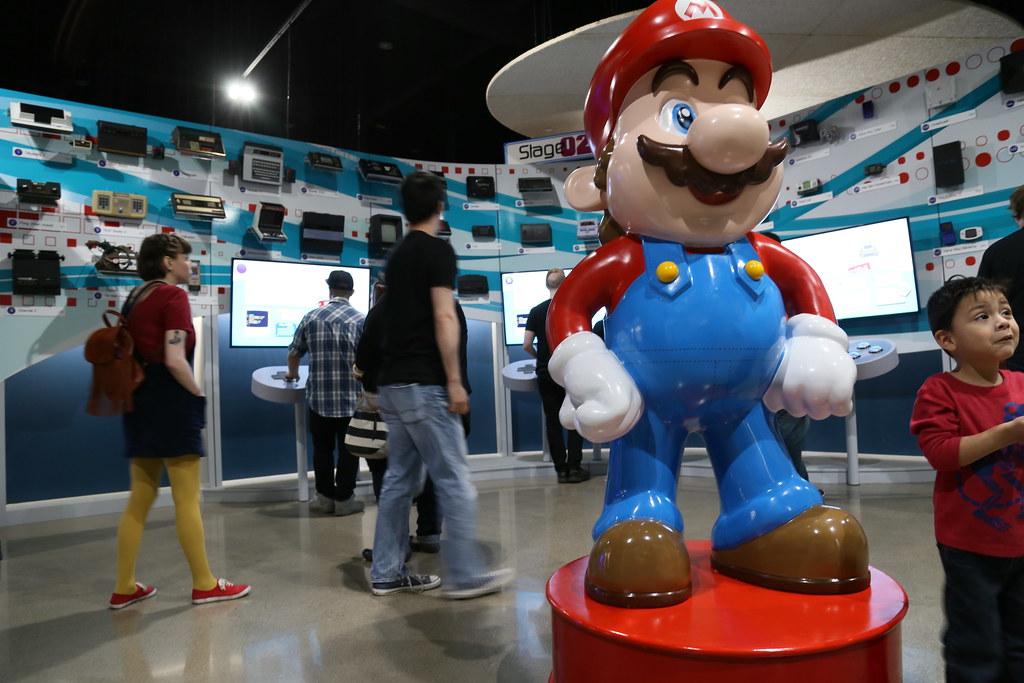Classic computer games have a special place in our hearts. They remind us of simpler times and the dawn of digital entertainment. The Museum of Modern Art (MOMA) in New York has taken a unique step in preserving these digital treasures, recognizing them not just as games, but as significant pieces of modern art. But how did this come to be, and why are these games so important? The inclusion of the classic computer game in MOMA NYT articles has highlighted this significant cultural shift.
The Intersection of Art and Technology
How Video Games Are Considered Art
In the past, the idea of video games as art might have seemed far-fetched. However, over the years, games have evolved from simple pixelated adventures to complex narratives and visually stunning experiences. MOMA recognizes that video games combine various forms of artistic expression – from storytelling and visual design to music and user interaction.
MOMA’s Criteria for Selecting Games
MOMA didn’t just pick any game off the shelf. The selection process was meticulous. Games were chosen based on their aesthetic and cultural significance, design innovation, and how they reflect the times they were created. This thoughtful approach highlights the museum’s commitment to showcasing video games as legitimate art forms.

Classic Computer Games in MOMA
Overview of Selected Games
MOMA’s collection of video games is diverse, featuring titles that have made a significant impact on the industry and culture. These games are not just fun to play; they’ve shaped the way we think about interactive entertainment and digital storytelling.
Why These Games Were Chosen
The selected games represent milestones in the evolution of game design and technology. They stand out for their unique contributions to the medium, whether through innovative gameplay mechanics, compelling narratives, or cultural influence.
Notable Games in the Collection
Pac-Man
History and Impact
Pac-Man, released in 1980, is one of the most iconic video games of all time. Its simple yet addictive gameplay, combined with its unique character design, made it a cultural phenomenon.
MOMA’s Reasoning for Inclusion
MOMA included Pac-Man for its groundbreaking design and enduring popularity. The game’s influence on popular culture and its role in establishing video games as a major entertainment medium were key factors.
Tetris
Cultural Significance
Tetris, with its deceptively simple premise of fitting falling blocks together, became a global sensation. It’s a game that transcends age, culture, and language barriers.
Artistic Elements
The minimalist design and engaging gameplay of Tetris illustrate how simplicity can lead to a timeless gaming experience. MOMA appreciates Tetris for its elegant design and the way it captivated millions worldwide.
Myst
Narrative and Design
Myst is a game that pushed the boundaries of what video games could be. Its immersive world and complex puzzles created a new standard for narrative-driven games.
Influence on Later Games
Myst’s success showed that video games could be more than just action-packed adventures; they could be deep, thought-provoking experiences. Its inclusion in MOMA highlights its role in the evolution of game storytelling.
SimCity 2000
Innovation in Gameplay
SimCity 2000 introduced players to urban planning and management in a fun and educational way. Its open-ended gameplay and complex simulation mechanics were revolutionary.
Educational Value
Beyond entertainment, SimCity 2000 has been used as an educational tool, teaching players about urban development and resource management. MOMA recognizes its significance in both gaming and education.
The Role of MOMA in Digital Preservation
Preserving Digital Art
MOMA’s inclusion of video games in its collection underscores the importance of preserving digital art. Unlike traditional art forms, digital media is at risk of being lost due to rapidly changing technology.
Challenges in Preserving Video Games
Preserving video games presents unique challenges. Issues like hardware obsolescence, software degradation, and copyright laws must be navigated to ensure these digital artifacts remain accessible for future generations.

Public Reaction and Cultural Impact
How the Public Has Reacted to Video Games in MOMA
The inclusion of video games in MOMA has sparked both praise and debate. Some celebrate the recognition of games as art, while others question their place in a museum setting. Overall, the reaction has been a mix of enthusiasm and curiosity.
The Broader Cultural Impact of Recognizing Games as Art
By acknowledging video games as art, MOMA has helped elevate the medium’s status. This recognition encourages broader acceptance and appreciation of video games, influencing how they are perceived and valued in society.
Future of Video Games in Museums
Potential Future Additions
As video games continue to evolve, there is potential for more titles to join MOMA’s collection. Future selections might include games that push technological boundaries or explore new artistic territories.
How Museums Might Evolve to Include More Digital Works
Museums are increasingly embracing digital art forms. The future may see more interactive exhibits, virtual reality experiences, and digital archives that showcase the ever-growing world of video games.

FAQs
What criteria does MOMA use to select games?
MOMA selects games based on their aesthetic and cultural significance, design innovation, and reflection of the times they were created in.
How does MOMA preserve video games?
MOMA employs various methods to preserve video games, including digital archiving, maintaining original hardware, and emulation to ensure future accessibility.
Are there other museums that exhibit video games?
Yes, other museums like the Smithsonian American Art Museum and the Victoria and Albert Museum also exhibit video games as part of their collections.
How has public perception of video games as art changed?
Public perception has shifted significantly, with more people recognizing video games as a legitimate art form thanks to their complex narratives, innovative designs, and cultural impact.
What is the future of video games in art institutions?
The future looks promising, with more art institutions likely to include video games in their collections and exhibitions, further cementing their place in the world of art.
Conclusion
The inclusion of classic computer games in MOMA is a testament to their artistic and cultural significance. These games have shaped our digital landscape and continue to influence new generations of creators. As we move forward, preserving these digital treasures is crucial for understanding the evolution of art and technology.
Read more:
Roblox Horror Games Multiplayer: Engaging Thrills and Chills


